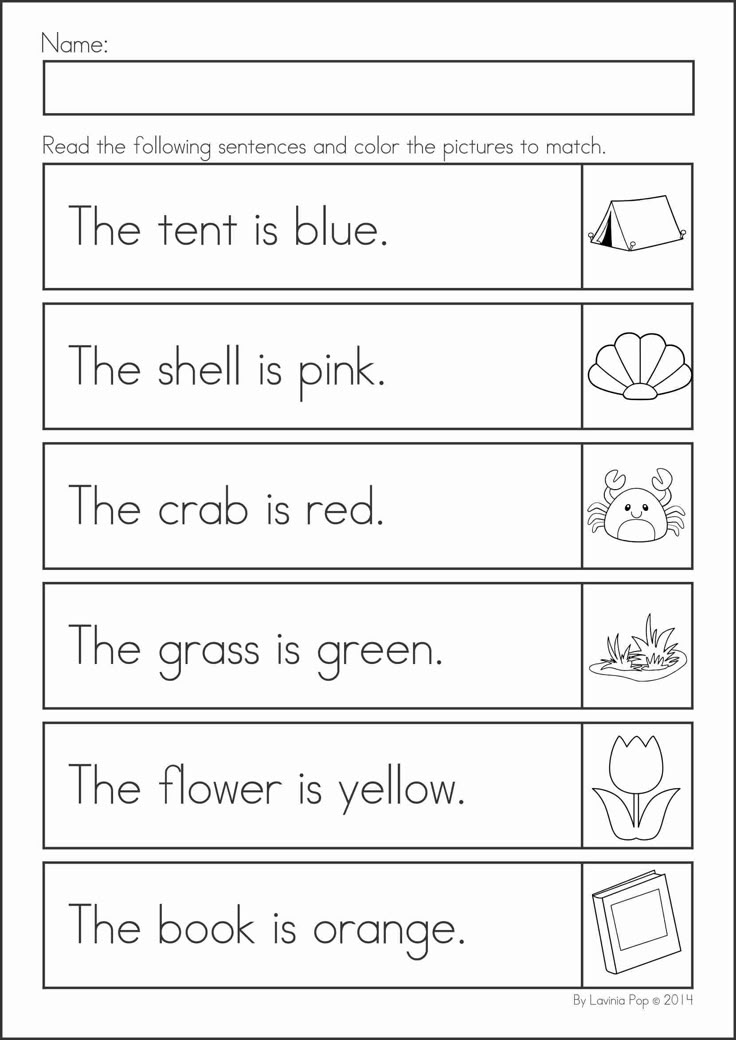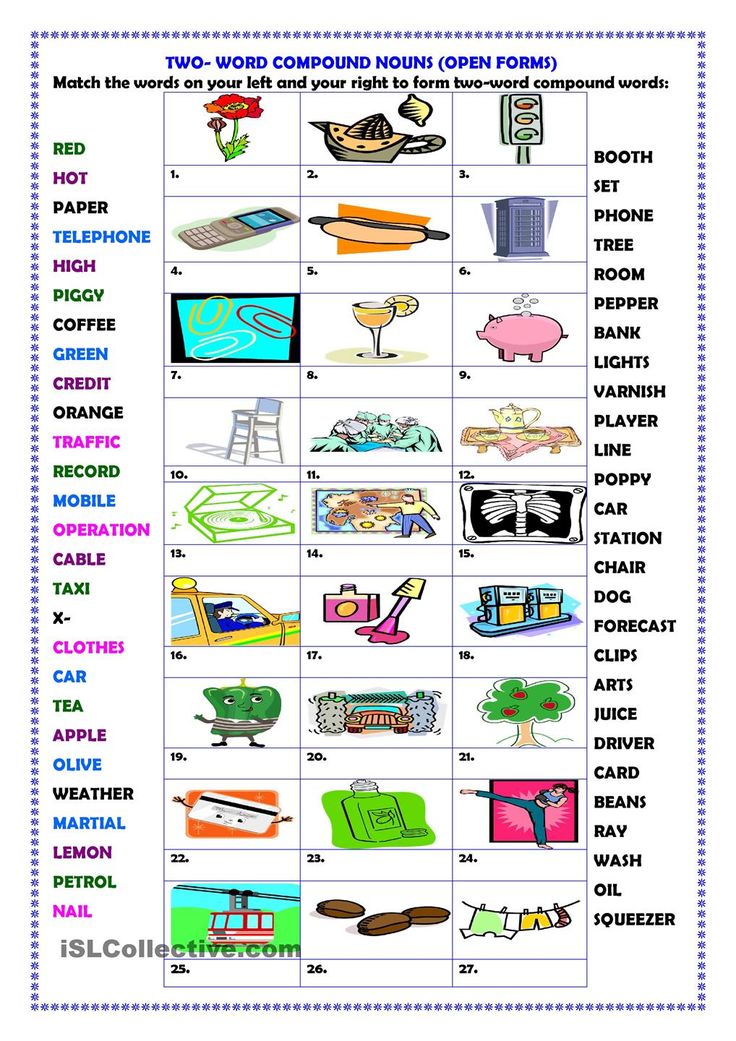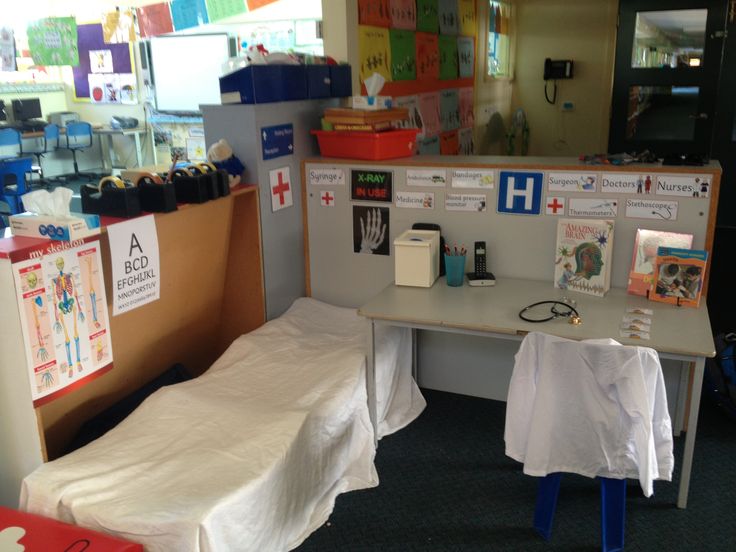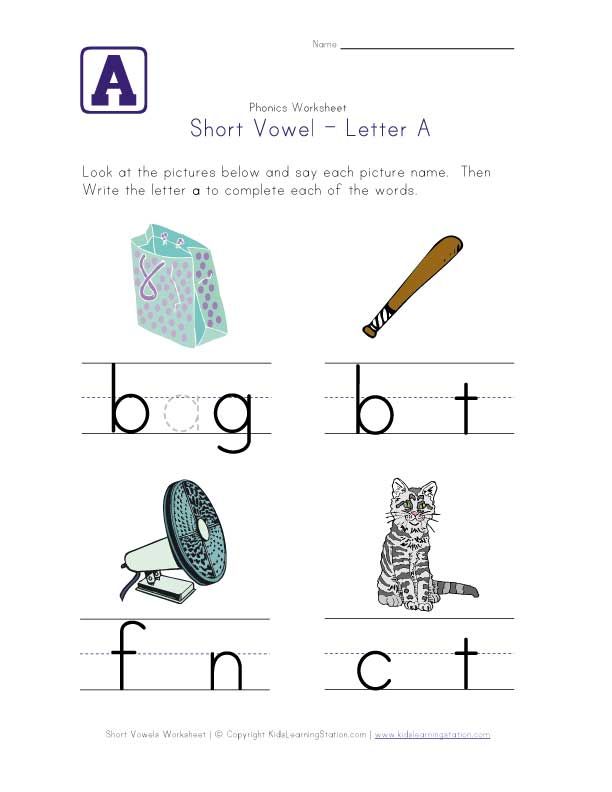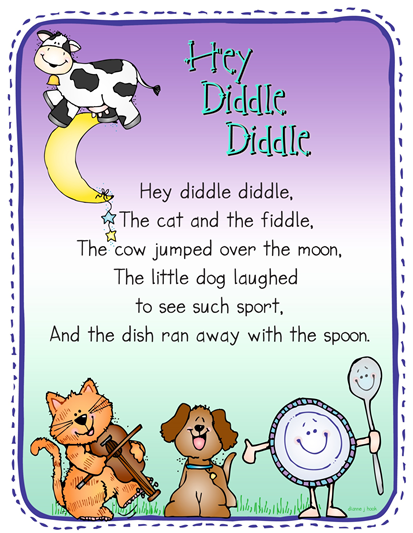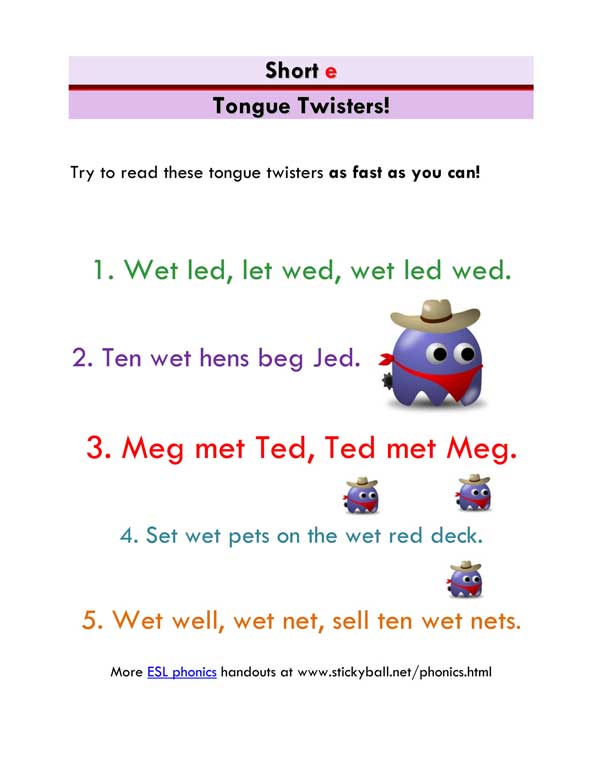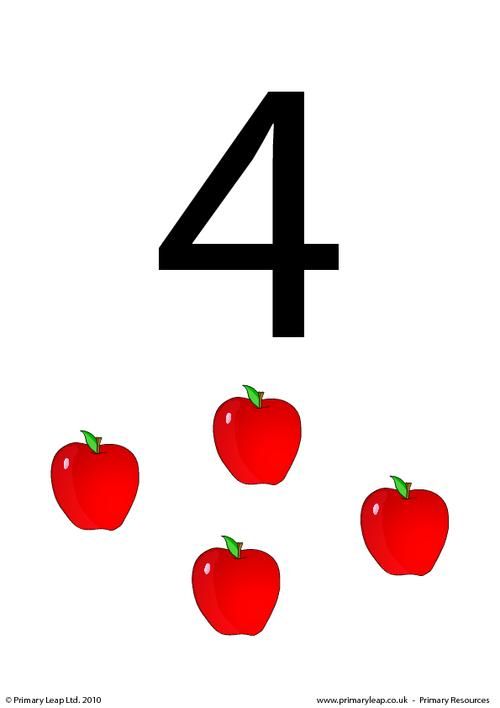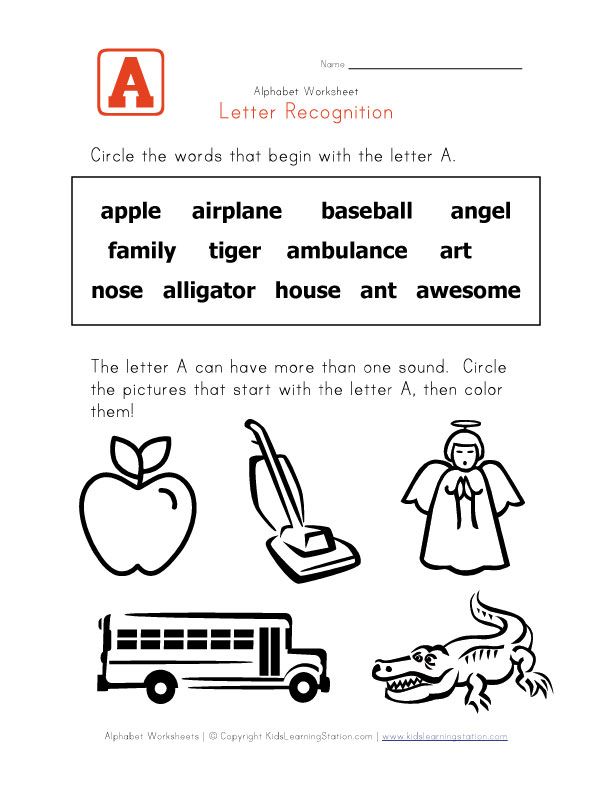Learning about phonics
A Complete Guide for Parents and Teachers
An Introduction to Phonics and learning to read
Throughout this article, I aim to provide you with a clear understanding of teaching phonics effectively in the classroom and offer a variety of strategies and proven ideas to teach phonics.
WHAT IS PHONICS? A DEFINITION FOR TEACHERS AND PARENTS.Phonics can be defined as a body of knowledge and skills regarding how the alphabet works.
In the context of this article, phonics refers to the method of teaching a student to read by developing their phonemic awareness and an understanding of the links between these sounds and how we use the letters of the alphabet to represent them.
This understanding is essential not only to read well but to bridge the gap between reading and writing.
With a good foundation of phonics knowledge, students can quickly become confident readers and independent solid writers.
PHONEMIC AWARENESS IMPROVES READING FLUENCY
When students develop phonemic awareness, it dramatically enhances their reading fluency which is a reading “superpower”, allowing students to read with speed, accuracy and expression. Reading fluency dramatically enhances students’ ability to read with intonation and energy that translates into expressive writing skills.
A COMPLETE DIGITAL READING UNIT FOR STUDENTS
Over 30 engaging activities for students to complete BEFORE, DURING and AFTER reading ANY BOOK
- Compatible with all devices and digital platforms, including GOOGLE CLASSROOM.
- Fun, Engaging, Open-Ended INDEPENDENT tasks.
- 20+ 5-Star Ratings ⭐⭐⭐⭐⭐
$3.00 Download on TpT
How To Teach Reading Using PhonicsPhonics is a research-based solution to improving readingThe use of phonics, or synthetic phonics as this method is technically known, is an effective and efficient means of teaching young students how to read.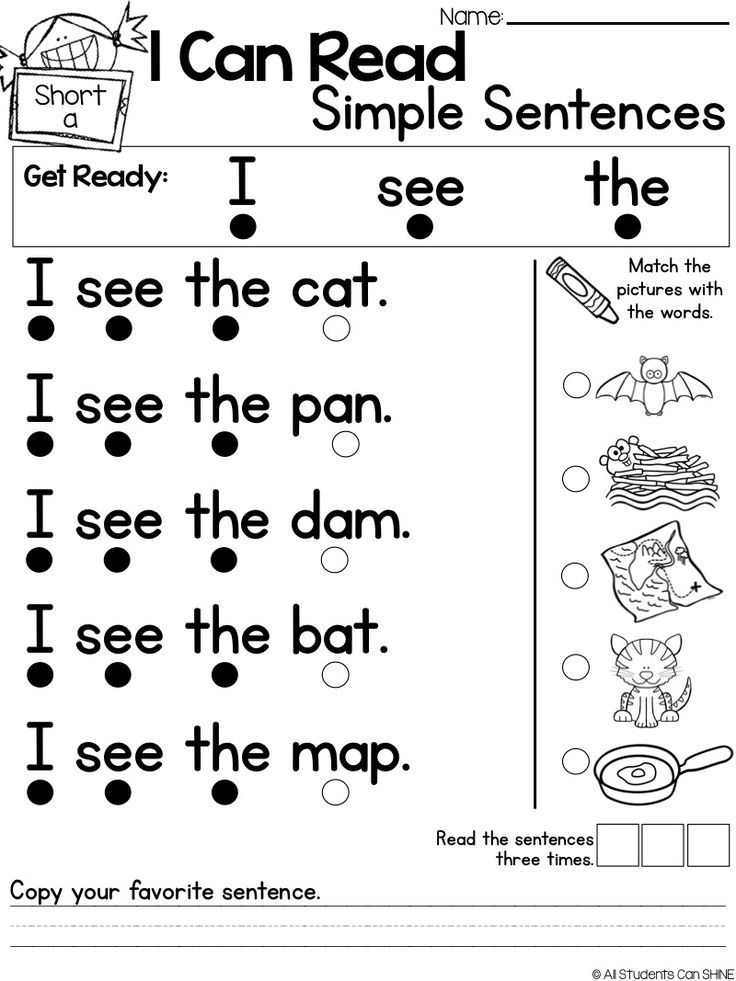 For this reason, phonics is the primary methodology for teaching reading in the school systems of many English-speaking countries.
For this reason, phonics is the primary methodology for teaching reading in the school systems of many English-speaking countries.
In English, there are around 44 sounds or phonemes. Given that there are only 26 letters used in the language and that many sounds have more than one possible spelling, it is helpful that students learn the relationships between the letters and sounds in a straightforward and explicit manner.
To achieve this, phonics centers on the relationship between sounds and how they can be spelled.
It focuses on the letter and sound correspondences to enable students to break written words down into their component sounds before later recombining them to read the whole word. This process is known as segmenting and blending.
SEGMENTING AND BLENDINGRather than allowing students to struggle to recognize complete words, as in the whole word method, or to look for contextual clues to figure out what is being said in a text, phonics teaches students to look at the letters of a word and
segment it into its component sounds, before blending these sounds back together to read the entire word.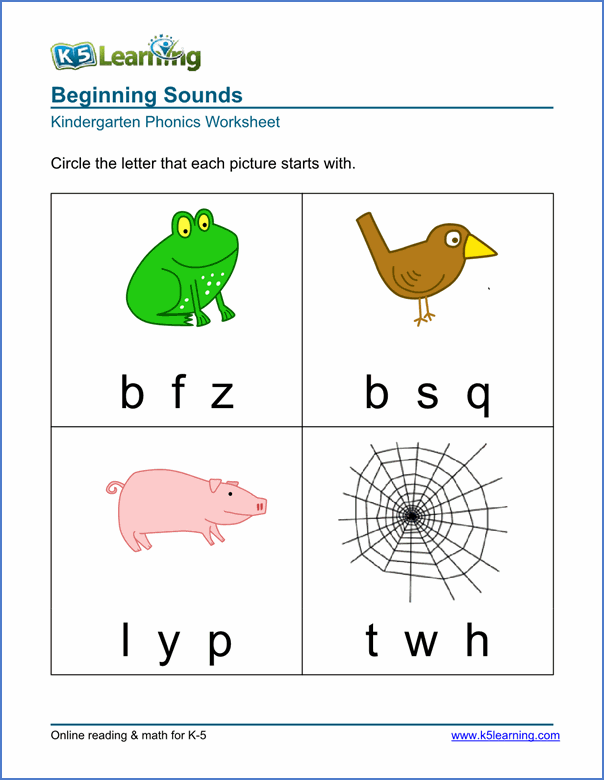
For example, when faced with the word cat, a student might run their finger under the first letter and make the initial /k/ sound, then /a/, and, finally, /t/.
Once they have successfully segmented these individual sounds, they then blend them together to say the word /kat/.
With practice, the speed with which students can look at a word, segment the sounds, and then blend these sounds together to read the word rapidly increases. This makes learning to read through the phonics method the most efficient way for most children to learn not just to read but to write too.
DECODING AND ENCODING: THE BRIDGE BETWEEN READING AND WRITINGInitially, phonics reaps rich rewards for students in terms of the passive skill of reading. This is also known as decoding.
Later, the student’s knowledge of phonics can help them develop the active skill of writing or encoding.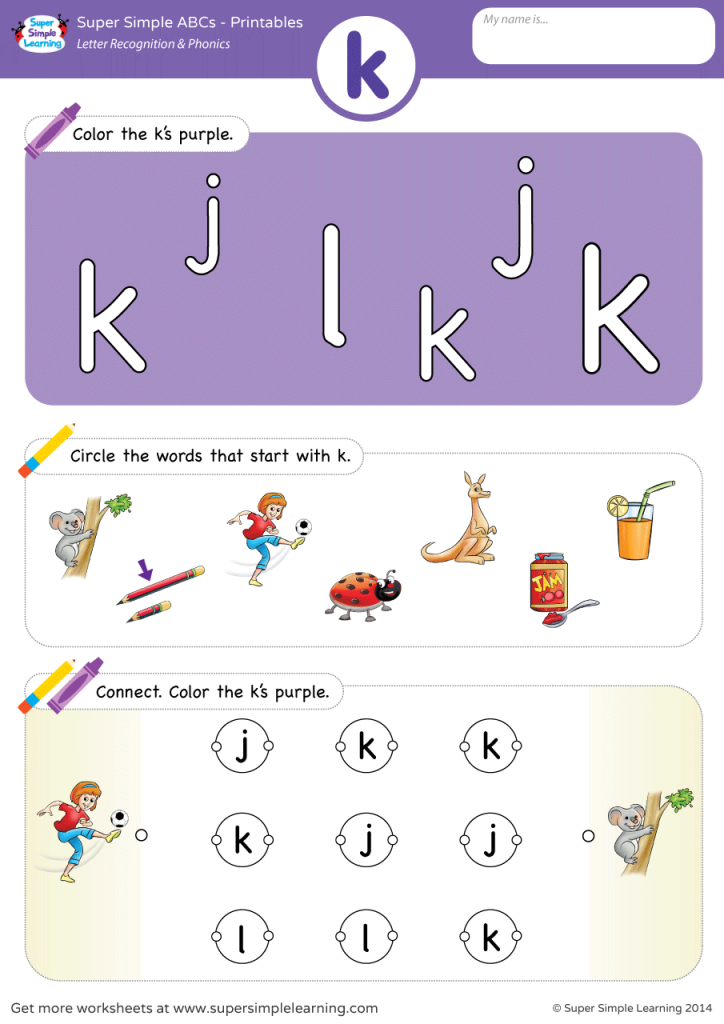
For this reason, teachers will often weave emergent writing skills, such as letter formation, into their phonics lessons to take advantage of the opportunity to bridge this gap between reading and writing skills.
WHAT ABOUT SIGHT WORDS?As effective as synthetic phonics are in teaching students to read, they won’t be enough on their own to unravel all the opaque mysteries of English orthography.
English is something of a mongrel language. Over the centuries, it has been influenced by the German, Latin, French, Greek, and Celtic languages, among others.
This fact has led to many inconsistencies in spelling surviving in the modern language. Sometimes phonics won’t be enough to decode these words. That’s why students need to learn to read some words by sight alone.
Sight words, or high-frequency words as they are also known, are those extremely common words used time and again in most texts. Many of them are phonetically irregular and follow no conventional spelling rules.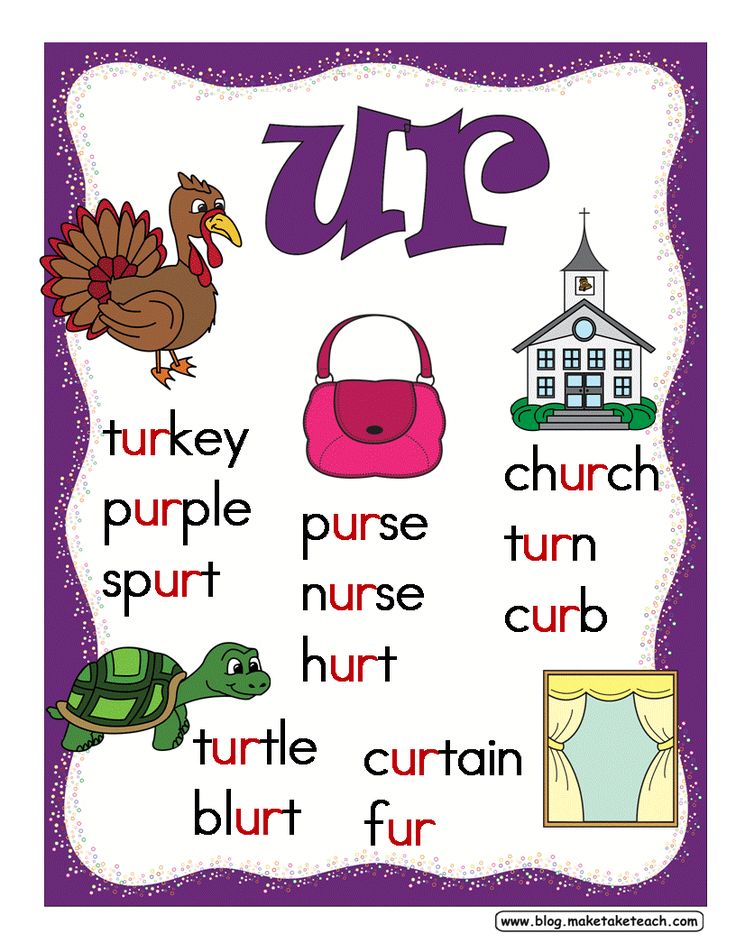 For children’s reading books, sight words can account for up to 75% of the words in the text.
For children’s reading books, sight words can account for up to 75% of the words in the text.
Therefore, it’s best to combine the study of phonics with the learning of these sight words for maximum effectiveness. This is something to consider when engaged in your long-term planning.
The most effective strategy for learning these sight words is for discussion another day; for the remainder of this article, we will focus exclusively on the teaching of phonics.
DOWNLOAD THE 100 & 200 MOST COMMON SIGHT WORDS FREE HERE
THE STAGES OF PHONICS TEACHINGBefore beginning to teach phonics, it is helpful to have a broad overview of the various stages that comprise a comprehensive synthetic phonics program. The following outline can serve as a practical general guide.
1. THE PRE-PHONICS STAGEBefore beginning to learn phonics in earnest (e.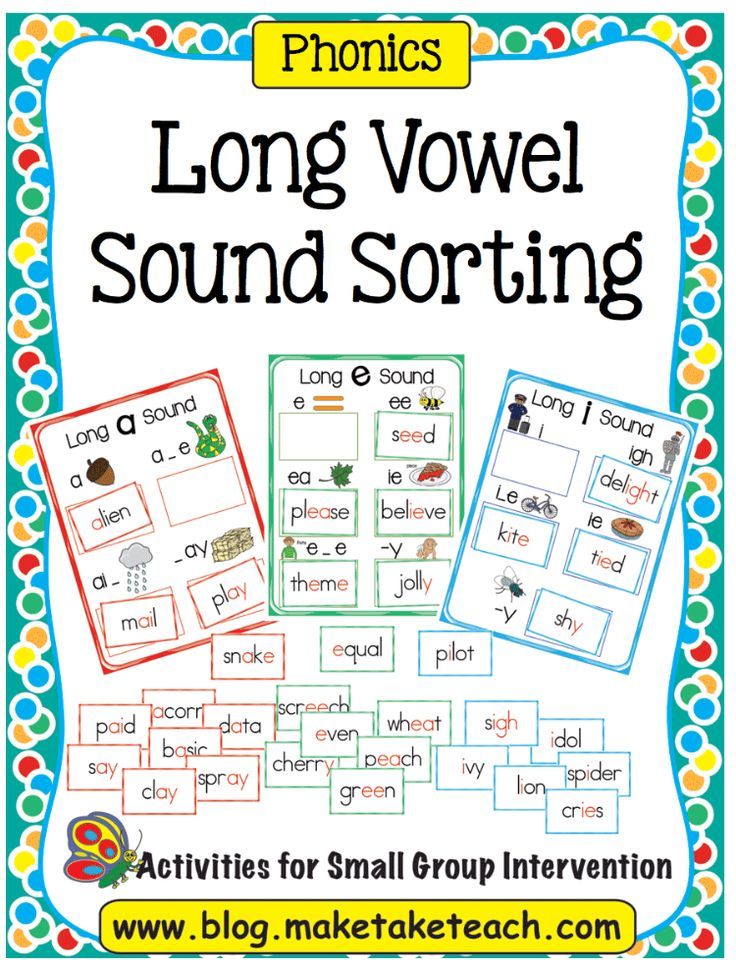 g. sound/letter correspondences), certain prerequisite skills need to be developed, including:
g. sound/letter correspondences), certain prerequisite skills need to be developed, including:
●
LISTENING SKILLS:Children must be able to listen carefully to the sounds of speech. They must learn to filter speech sounds from other unrelated environmental sounds. This is usually best achieved by playing various listening games. When children have developed good aural comprehension, the game Simon Says is a fun way to further develop listening skills.
●
SOUND REPRODUCTION SKILLS:Once the children have learned to discriminate between various sounds, they should learn to reproduce these themselves. This is usually achieved by modelling the sounds carefully for the children and encouraging them to copy these with particular attention paid to the shape of the mouth when making each sound. The popular fun game Telephone is excellent for this.
●
SEQUENCING SKILLS:It is essential for children learning to read to be able to sequence not only the events of a story but the individual sounds of the words they hear.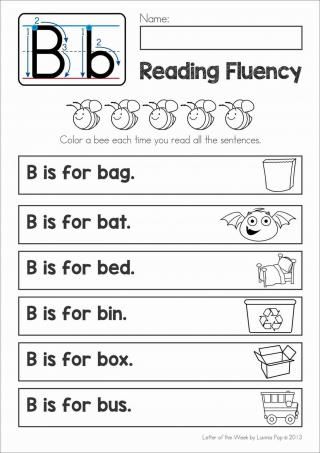 They must be able to recognize which sound comes before or after another. They should also be familiar with sequencing language such as first, second, before, after, then etc.
They must be able to recognize which sound comes before or after another. They should also be familiar with sequencing language such as first, second, before, after, then etc.
We have a complete guide to sequencing for teachers and students here.
2. SOUNDS AND ACTIONSWith our younger kids, it can be challenging to give them an anchor to ‘hold on to the sounds of language.
To help build such an anchor to these sounds, which will later help link sounds to written letters, actions are often connected to each sound to aid in memorizing them. This is especially useful in the early stages as it works well for the most basic of sounds.
For example, when making the /m/ sound, children could be taught to rub their tummies as if they have eaten something delicious while saying “mmmmm”.
Or, they could open their mouths wide as if they were eating an apple while saying the /a/ sound.
It is easy to devise customized actions to go along with the various sounds of English and then teach these to your class. Ensure you consistently use the same actions every time for a specific sound to avoid confusion.
Later, when students come to segment words into their individual sounds, they can use these actions to help recall them.
3. THE LETTER AND SOUNDS CORRESPONDENCESExplicitly teaching the letter and sound correspondences lie at the heart of good phonics teaching.
It is essential to understand a little of the theory of synthetic phonics to be effective here. Here are a few important points to consider:
● Letter Names vs.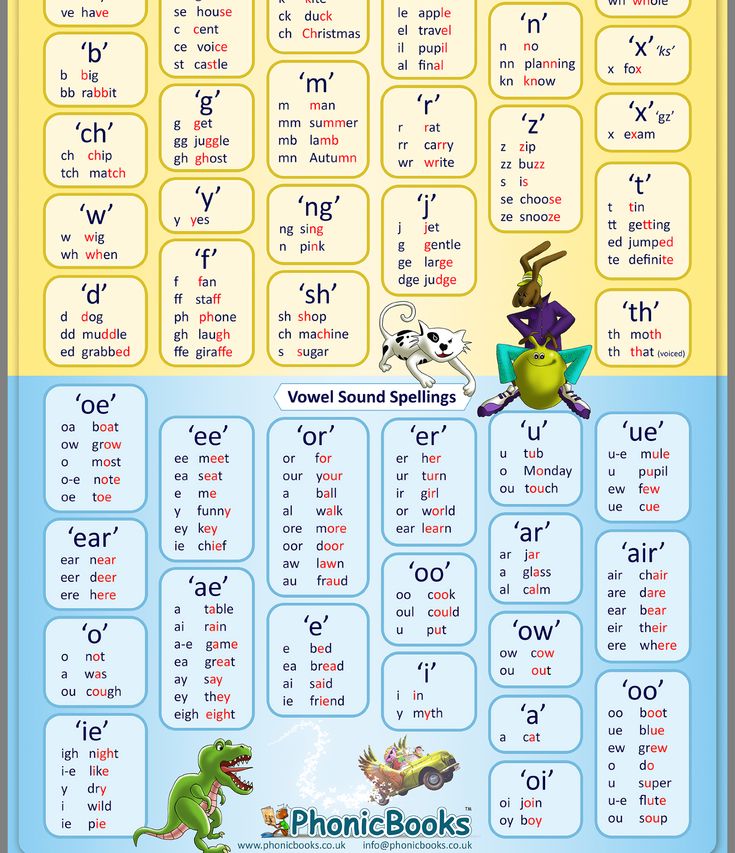 Letter Sounds
Letter Sounds
It is crucial that children understand the difference between the names of the letters of the English alphabet and the sounds, as these are two very different things. For example, the letter c is called /see/ but the letter itself usually denotes either a /k/ or /s/ sound. It may seem obvious, but many teachers not trained in the teaching of phonics overlook this distinction and unwittingly make learning to read much more difficult for their students as a result.
● Letters Don’t Make The Sounds
As the limited letters used in English are needed to represent many different sounds, it’s important to point out to students that letters don’t make the sounds; they are simply an option for showing the sound. Often there will be more than one way to show the same sound; for example, the sound /s/ can be encoded in several different ways, including as s, c, and ps. When you are asking your students to write something, you can make the sound and ask them what letter they could use to show this sound.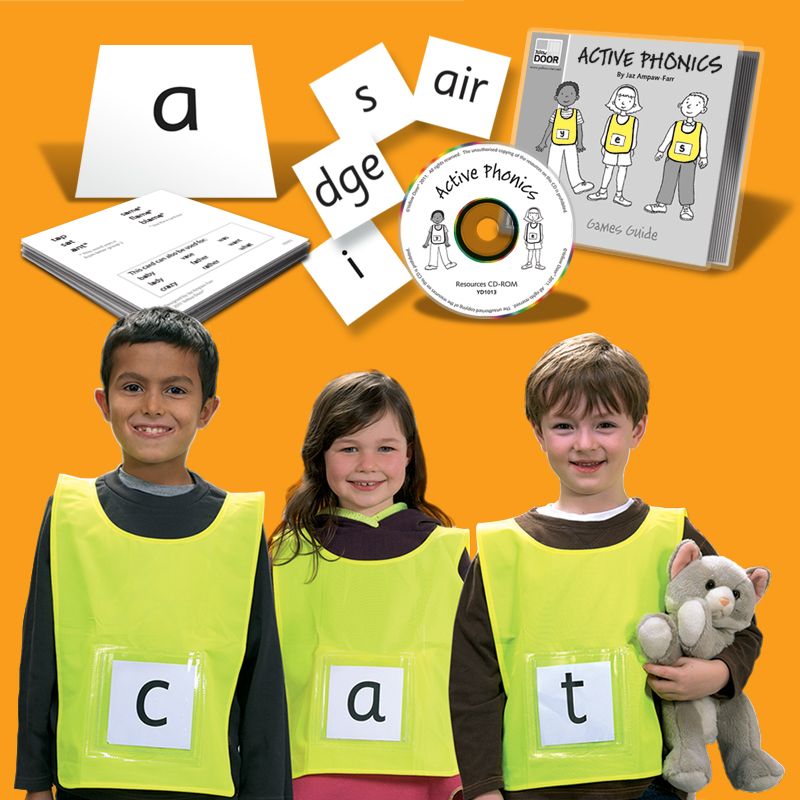 This type of phrasing reinforces the correct relationship between the letters and sounds.
This type of phrasing reinforces the correct relationship between the letters and sounds.
● Avoid The Lazy Vowels
It is also important to remember that when teaching the letters and sounds to avoid making the lazy vowel or schwa sound at the end of a sound. For example, when pronouncing the /k/ sound, make it crisp and short, rather than adding in an extra -uh sound at the end. This will make it much easier for the students to blend sounds together later.
HOW TO PLAN A PHONICS LESSON FOR YOUR CLASSThe detail and delivery of your phonics lessons will depend greatly on the specific situation of your students. However, some general points will be helpful to consider when planning a phonics lesson for your class.
● Keep Phonics Lessons Short and Sweet
To avoid getting bogged down and boring your kids, keep phonics lessons short. In and around 10 to 15 minutes is ideal and no more than 20 minutes.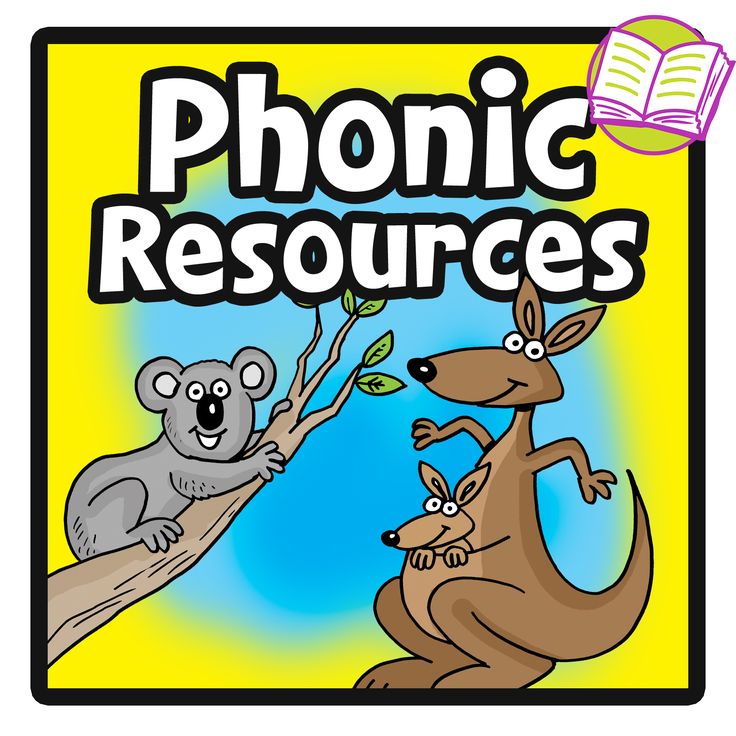 Remember, we want our kids to be lifelong readers, and that means they need to enjoy it!
Remember, we want our kids to be lifelong readers, and that means they need to enjoy it!
● Be Consistent
There is a lot of ground to cover here, and consistency is key. If your students are learning to read, they’ll need to practice and study their phonics every day – preferably at the same time each day too.
● Keep on Moving
While a lot of reinforcement will be required over the course of the year, research has shown that keeping a brisk pace through a phonics program achieves the best results. Don’t get bogged down waiting for everyone to get everything before moving on. You will be revisiting the material.
● Keep Things Fun!
Learning to read should be a positive experience, particularly as learning to read means acquiring one of the most empowering skills a child will ever have. To keep things fun, be sure to incorporate lots of enjoyable activities and games into your phonics lessons.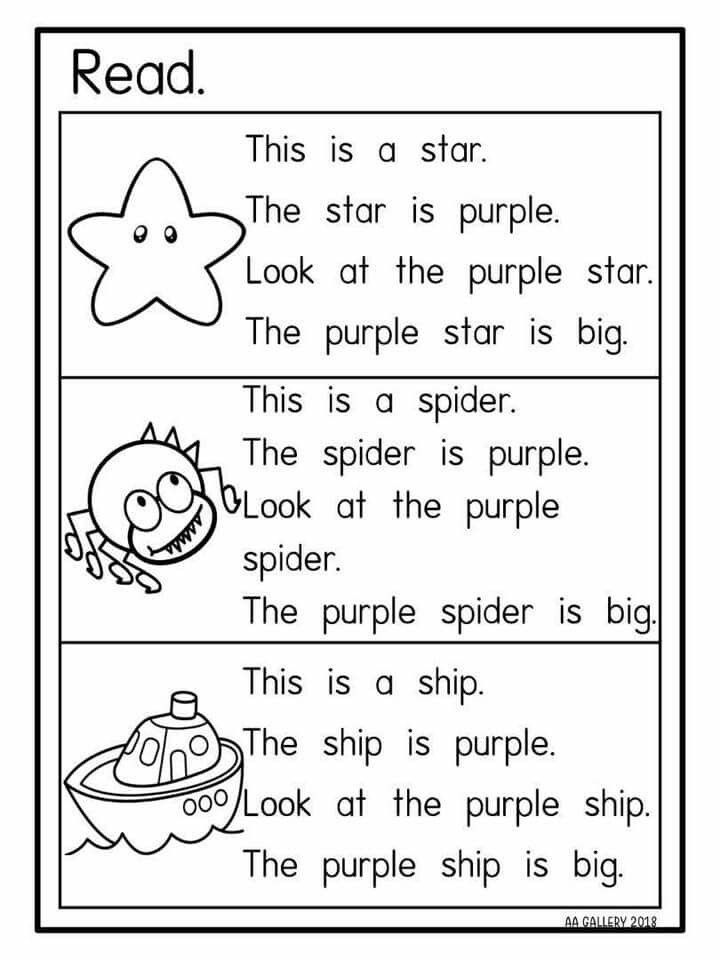
TEACHING ACTIVITIES FOR ANY TEXT – GREAT FOR GUIDED READING
This massive collection of ☀️READING ACTIVITIES☀️ covers all essential reading skills for elementary/primary students. NO PREP REQUIRED! works with all text and media types. Thousands of teachers have adopted this as a GO-TO RESOURCE for independent and group tasks.
- 60+ activities requiring students to WRITE in a range of genres and styles based on their text
- 40+ activities incorporating ARTISTIC and CREATIVE skills about their book.
- 30+ TECHNOLOGY-based activities, including 20 open-ended iPad and web-based tasks
- 25+ GROUP-based tasks
- 20+ tasks requiring RESEARCH, ENQUIRY and EXPLORATION of concepts within a text.
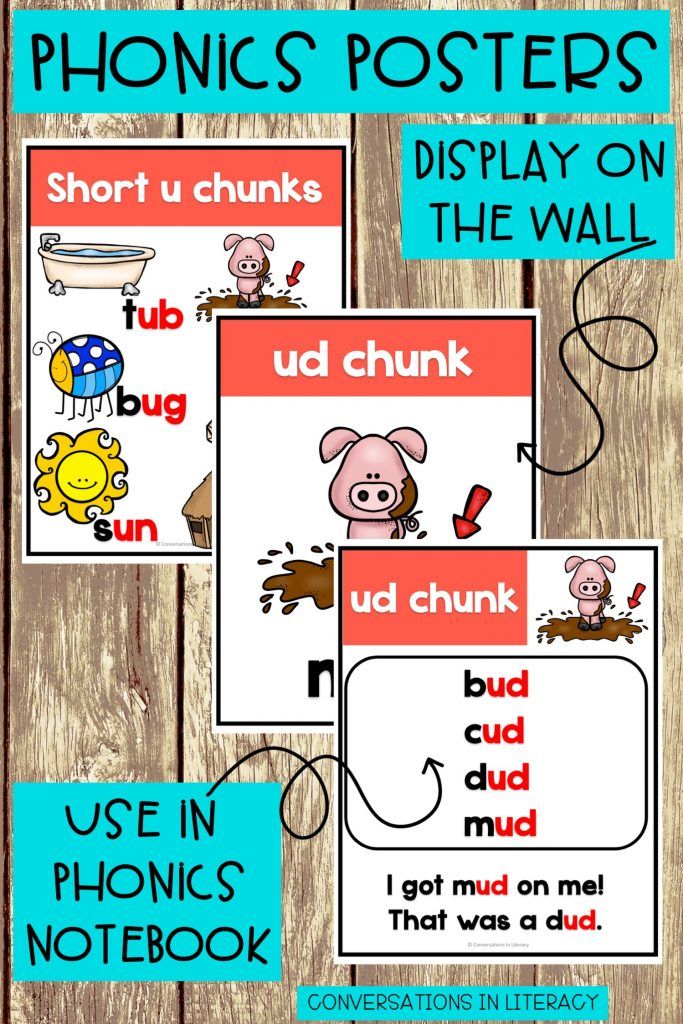
- 50+ tasks you can use with FILMS, GRAPHIC NOVELS and DIGITAL LITERACIES.
- 15+ activities involving DRAMA, MUSIC and ROLE PLAYING
- 15+ GRAPHIC ORGANIZERS that can be applied to any text
DOWNLOAD NOW
Phonics Games and ActivitiesI Spy
This perennial classic is a fun way to get some phonics practice in. You can adapt it to say, “I spy with my little eye something beginning with…” and say a sound rather than a letter. If you wish to work on letter recognition rather than sound, simply hold up the letter itself quietly.
Sorting Activities
Sorting activities are a great way for students to practice their phonics knowledge and can take on an almost infinite number of variations. For example, younger kids may enjoy sorting objects into two hula hoops on the floor, which are labelled with their initial consonant sounds, while older kids might work on consonant blends.
Bingo
Bingo is another very versatile game that can be used to practice sound and letter recognition. Simply decide what you want to work on and place those into suitably sized grids (9×9 works well). These could be initial consonants, vowel digraphs, or pictures of nouns. If you set up some blank grids on laminated sheets, you can save yourself a lot of prep time too. Simply write a broad selection of sounds you are working on onto the whiteboard. Students can select 9 of them to fill in their laminated grid. Now each student will have their own unique bingo card!
Partner Reading
Partner reading is a great way to practice listening skills, as well as reading. Organize students into pairs and provide them each with a copy of the same text. One partner reads the text while the other follows closely with their own copy. The listening partner helps the reader decode difficult words when they have trouble. After a time, partners switch roles.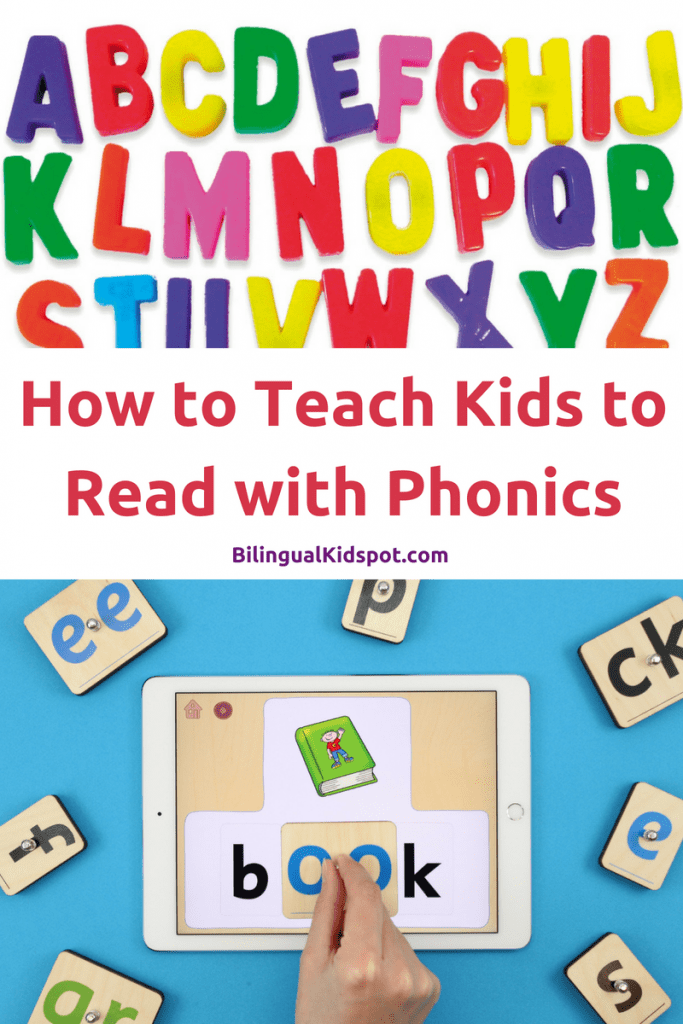 This usually works best when partners are of a similar ability. You can further differentiate here by choosing different texts to suit the abilities of each pair.
This usually works best when partners are of a similar ability. You can further differentiate here by choosing different texts to suit the abilities of each pair.
Shared Writing
Shared writing is an effective means of introducing independent writing activities. For beginning students, it may take the form of simply spelling a basic CVC word together. For example, to work on the spelling of the word cat, you could draw three cradles on the whiteboard and say each sound; in turn, challenge the students to come up and write the corresponding letter in the cradle until they have written the word C – a – t.
As we can see, the teaching of phonics is a highly efficient and effective means of teaching our children to read and, ultimately, write. It works on training students to be able to hear the various sounds of English, identify these sounds, and link these sounds to the symbols we call letters.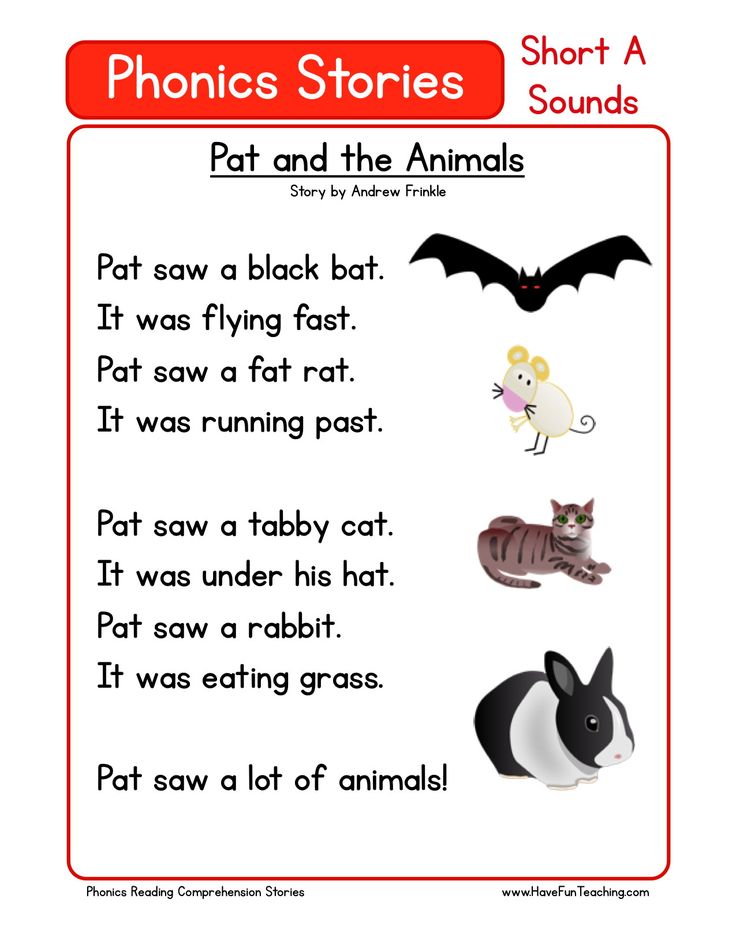
While there are other methods of learning to read employed with emergent readers in the classroom, in two decades of teaching, I’ve never seen another methodology come anywhere close to phonics for overall effectiveness.
And, best of all, phonics can be a lot of fun to learn and teach too!
OTHER GREAT ARTICLES RELATED TO PHONICS
The content for this page has been written by Shane Mac Donnchaidh. A former principal of an international school and English university lecturer with 15 years of teaching and administration experience. Shane’s latest Book, The Complete Guide to Nonfiction Writing, can be found here. Editing and support for this article have been provided by the literacyideas team.
Phonics teaching step-by-step | TheSchoolRun
Sort your phonemes from your graphemes, decoding from encoding and digraphs from trigraphs with our parents' guide to phonics teaching. Our step-by-step explanation takes you through the different stages of phonics learning, what your child will be expected to learn and the vocabulary you need to know.
or Register to add to your saved resources
What is phonics?
Phonics is a method of teaching children to read by linking sounds (phonemes) and the symbols that represent them (graphemes, or letter groups). Phonics is the learning-to-read method used in primary schools in the UK today.
What is a phoneme?
A phoneme is the smallest unit of sound. The phonemes used when speaking English are:
Print out a list of phonemes to practise with your child or listen to the individual sounds being spoken with our phonics worksheets.
Phonics learning step 1: decoding
Children are taught letter sounds in Reception. This involves thinking about what sound a word starts with, saying the sound out loud and then recognising how that sound is represented by a letter.
The aim is for children to be able to see a letter and then say the sound it represents out loud.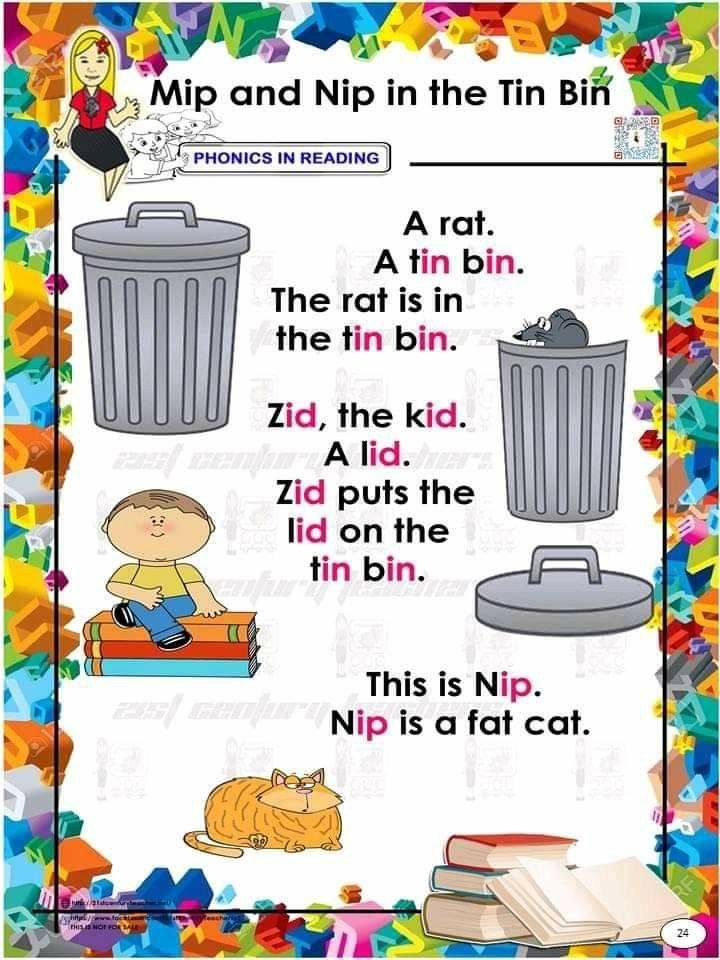 This is called decoding.
This is called decoding.
Some phonics programmes start children off by learning the letters s, a, t, n, i, p first. This is because once they know each of those letter sounds, they can then be arranged into a variety of different words (for example: sat, tip, pin, nip, tan, tin, sip, etc.). While children are learning to say the sounds of letters out loud, they will also begin to learn to write these letters (encoding).
They will be taught where they need to start with each letter and how the letters need to be formed in relation to each other. Letters (or groups of letters) that represent phonemes are called graphemes.
Phonics learning step 2: blending
Children then need to go from saying the individual sounds of each letter, to being able to blend the sounds and say the whole word. This can be a big step for many children and takes time.
Phonics learning step 3: decoding CVC words
Children will focus on decoding (reading) three-letter words arranged consonant, vowel, consonant (CVC words) for some time.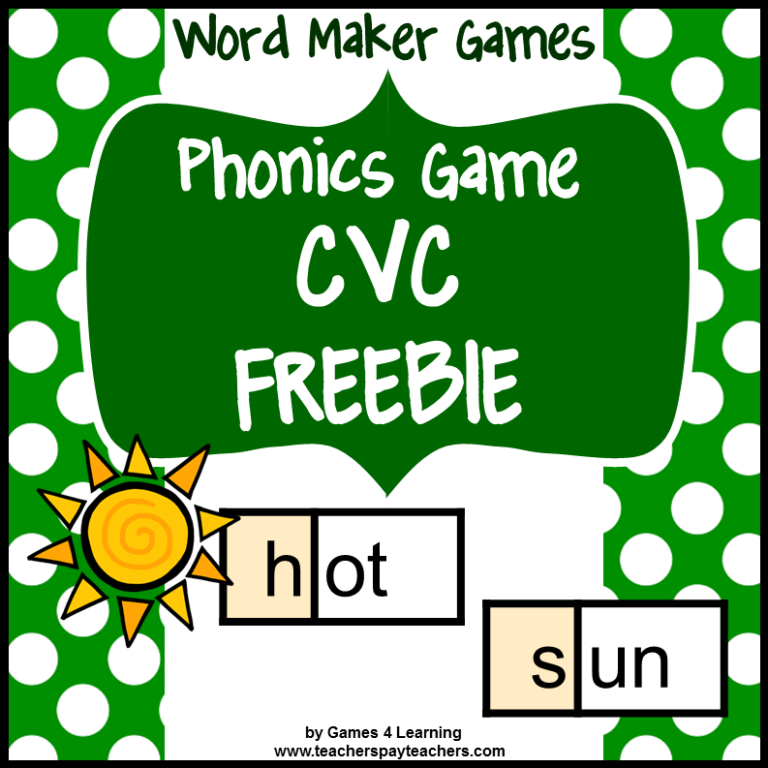
They will learn other letter sounds, such as the consonants g, b, d, h and the remaining vowels e, o, u. Often, they will be given letter cards to put together to make CVC words which they will be asked to say out loud.
Phonics learning step 4: decoding consonant clusters in CCVC and CVCC words
Children will also learn about consonant clusters: two consonants located together in a word, such tr, cr, st, lk, pl. Children will learn to read a range of CCVC words (consonant, consonant, vowel, consonant) such as trap, stop, plan.
They will also read a range of CVCC words (consonant, vowel, consonant, consonant) such as milk, fast, cart.
Phonics learning step 5: vowel digraphs
Children are then introduced to vowel digraphs. A digraph is two vowels that together make one sound such as: /oa/, /oo/, /ee/, /ai/. They will move onto sounding out words such as deer, hair, boat, etc. and will be taught about split digraphs (or 'magic e').
They will also start to read words combining vowel digraphs with consonant clusters, such as: train, groan and stool.
Phonics learning step 6: consonant digraphs
Children will also learn the consonant digraphs (two consonants that together make one sound) ch and sh and start blending these with other sounds to make words, such as: chat, shop, chain and shout.
Encoding, or learning to spell as well as read
Alongside this process of learning to decode (read) words, children will need to continue to practise forming letters which then needs to move onto encoding. Encoding is the process of writing down a spoken word, otherwise known as spelling.
They should start to be able to produce their own short pieces of writing, spelling the simple words correctly.
It goes without saying that reading a range of age-appropriate texts as often as possible will really support children in their grasp of all the reading and spelling of all the phonemes.
Phonics learning in KS1
By the end of Reception, children should be able to write one grapheme for each of the 44 phonemes.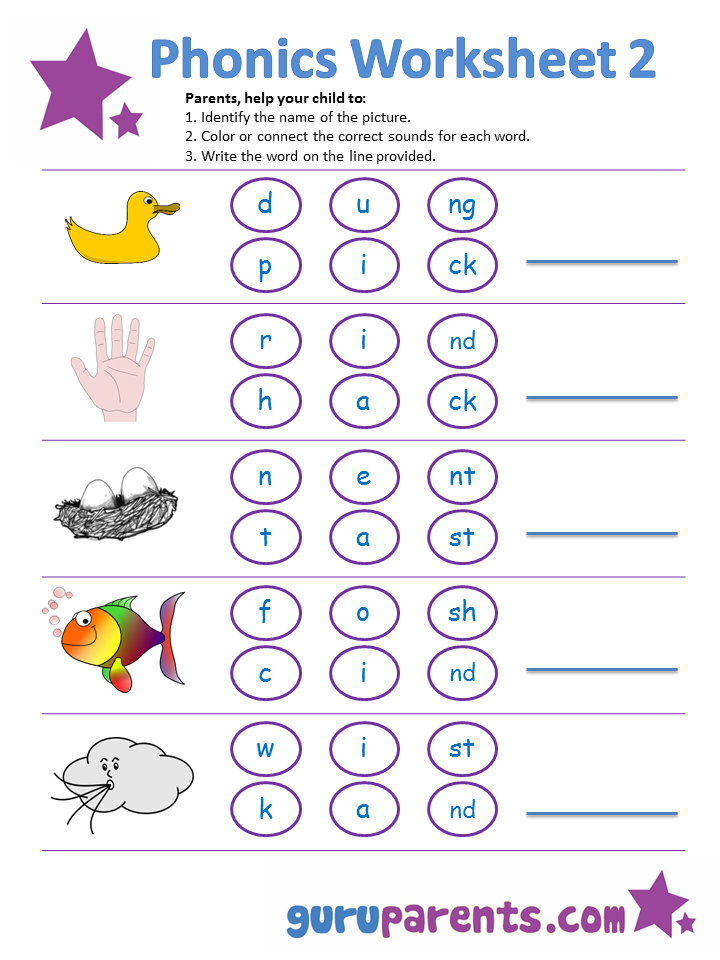
In Year 1, they will start to explore vowel digraphs and trigraphs (a group of three letters that makes a single sound, like 'igh' as in 'sigh') further.
They will begin to understand, for example, that the letters ea can make different sounds in different words (dream and bread). They will also learn that one sound might be represented by different groups of letters: for example, light and pie (igh and ie make the same sound).
Children in Year 2 will be learning spelling rules, such as adding suffixes to words (such as -ed, -ing, -er, -est, -ful, -ly, -y, -s, -es, -ment and -ness). They will be taught rules on how to change root words when adding these suffixes (for example, removing the 'e' from 'have' before adding 'ing') and then move onto harder concepts, such as silent letters (knock, write, etc) and particular endings (le in bottle and il in fossil).
Free phonics worksheets and information for parents
For more information about the phonics system look through our phonics articles, including ways to boost phonics confidence, details of the Year 1 Phonics Screening Check, parents' phonics questions answered and more.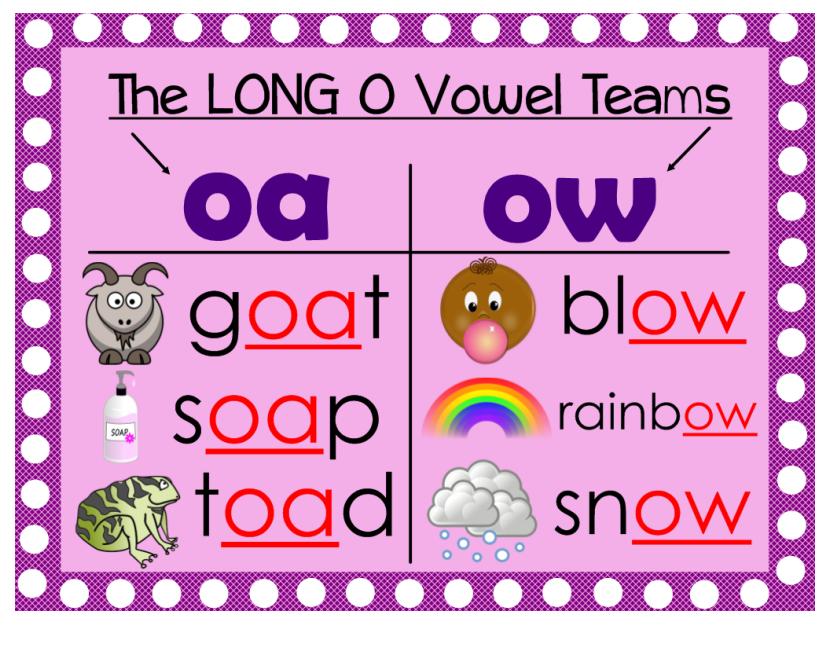
We also have a large selection of free phonics worksheets to download for your child.
More like this
Phonics phases explained
10 ways to boost phonics confidence
Spelling in Year 1
Common phonics problems sorted
What is a grapheme?
Phonics games
Blending sounds: teachers' tips
Best phonics learning tools
Teachers' tricks for phonics
What does phonetics study? - "Virtual Academy"
- Home →
- News→
- What does phonetics study?
Each of us at school learned not only Russian, but also a foreign language. However, over the years, most of what was studied in school years has been forgotten. And now you are unlikely to remember, for example, what phonetics studies.
Phonetics describes the sound composition and basic sound processes of a language. This is a section of linguistics that studies the sound units of a language (sound combinations, syllables, patterns of connecting sounds into a speech chain).
Phonetics is an independent branch of linguistics, which has its own subject and tasks. The subject of this section of linguistics is the relationship between oral, written and inner speech. Phonetics, unlike other linguistic disciplines, in addition to the language function, also studies the material side of its object, namely the work of the pronunciation apparatus, the acoustic characteristics of sound phenomena, as well as their perception by native speakers. In addition, phonetics considers sound phenomena as elements of a language system that serve to translate words into a material sound form.
Tasks of phonetics:
- to establish the sound composition of the language in a certain period of its development;
- learn a language in a static state or in development;
- determine changes in speech sounds, find out the reasons for these changes;
- to study the phonetic phenomena of a language in comparison with the phonetic phenomena of related languages;
- to study the sound structures of several languages in order to find their common and specific.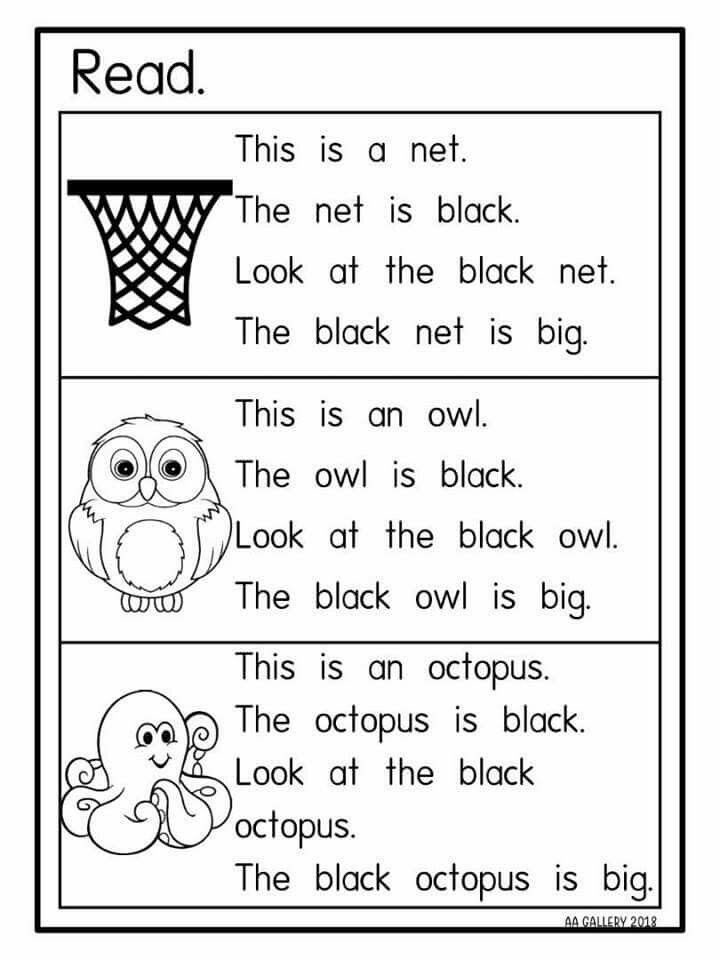
Like all linguistic sciences, phonetics studies linguistic phenomena in terms of diachrony or synchrony. The study of phonetics in terms of diachrony is the study of phonetic phenomena in change, time, or in the transition of one phenomenon to another. The study of phonetics in terms of synchrony is the study of the phonetics of a language as a ready-made system of interdependent elements.
What does phonetics study? These can be phonetic systems of individual languages (the so-called private phonetics). There is also a general phonetics that studies the sounds of speech of all languages. It determines the possibilities of articulation of sounds by the speech apparatus, finds out the general sound laws in languages, explores the nature of sounds, analyzes the conditions for their formation, studies syllable, intonation, and stress.
Also distinguished:
- Comparative phonetics, which compares the sound system of a language with other languages. This is necessary in order to see and learn the features of a foreign language. However, such a comparison also helps to shed light on the laws of the native language. In some cases, the comparison of related languages allows one to penetrate deep into their history.
However, such a comparison also helps to shed light on the laws of the native language. In some cases, the comparison of related languages allows one to penetrate deep into their history.
- Historical phonetics, tracing the development of a language over a long period of time.
- Descriptive phonetics, considering the sound structure of a particular language at a certain stage.
- Articulatory phonetics, considering the anatomical and physiological basis of the speech apparatus and the mechanisms of speech production.
- Perceptual phonetics, which studies the features of the perception of sounds by the human organ of hearing. Perceptual phonetics is designed to answer the question of what sound properties are essential for human speech perception (for example, for phoneme recognition), taking into account the changing articulatory and acoustic characteristics of speech signals. It also takes into account the fact that in the process of perceiving sounding speech, people extract information not only from the acoustic properties of a particular statement, but also from the linguistic context and the situation of communication, predicting the general meaning of the message.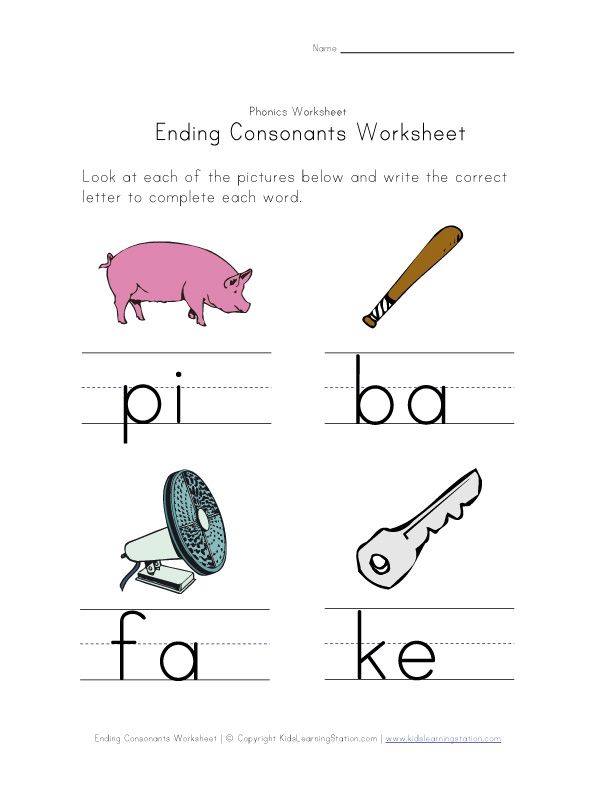 Perceptual phonetics reveals the specific and universal perceptual characteristics that are inherent in the sounds of a language in general and the sounds of specific languages.
Perceptual phonetics reveals the specific and universal perceptual characteristics that are inherent in the sounds of a language in general and the sounds of specific languages.
Depending on the goals facing phonetics, practical and theoretical phonetics are distinguished. Theoretical phonetics solves issues related to the sound side of the language, the conditions for the formation of sounds, the patterns of change and combination of sounds, the division of the speech flow. The study of the sound side of the language makes it possible to understand grammatical phenomena, explains the historical processes of the development of the language.
What does practical phonetics study? First of all, it relies on the provisions of theoretical phonetics. The study of sounds in practice is important for setting the correct pronunciation of the sounds of the language, for spelling, and so on. These phonetics are used in deaf pedagogy and speech therapy.
Three aspects of phonetic research can be distinguished:
- anatomical and physiological - explores speech sounds from the point of view of their creation;
- acoustic - considers sound as an air vibration, fixing its physical characteristics: duration, frequency and strength;
- functional - studies the functions of sounds, operates with phonemes.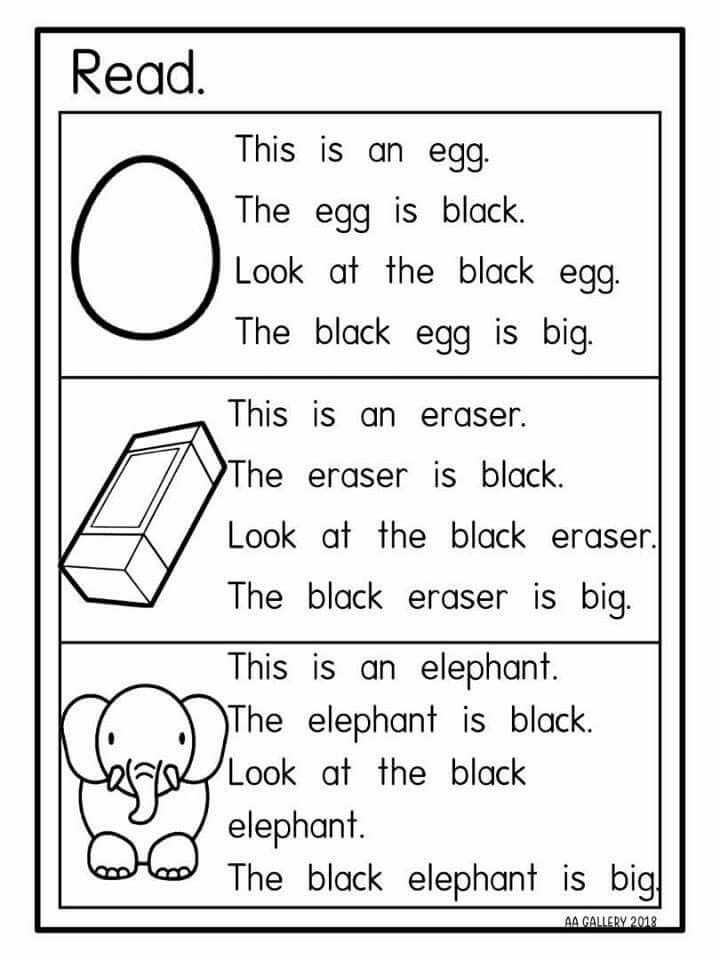
At first glance, phonetics may seem like a boring subject, but for those who are seriously interested in linguistics and learn foreign languages, the study of the sound units of a language is of great interest.
An interesting article? Share it with others:
-
08.12.2021
What percentage of words in Russian are borrowed
-
24.10.2021
Education in England for Russians after grade 11
-
07/12/2021
The most important words in English with transcription
-
06/21/2021
How many words does a native English speaker know
-
06/09/2021
How many words are used in English
-
31.
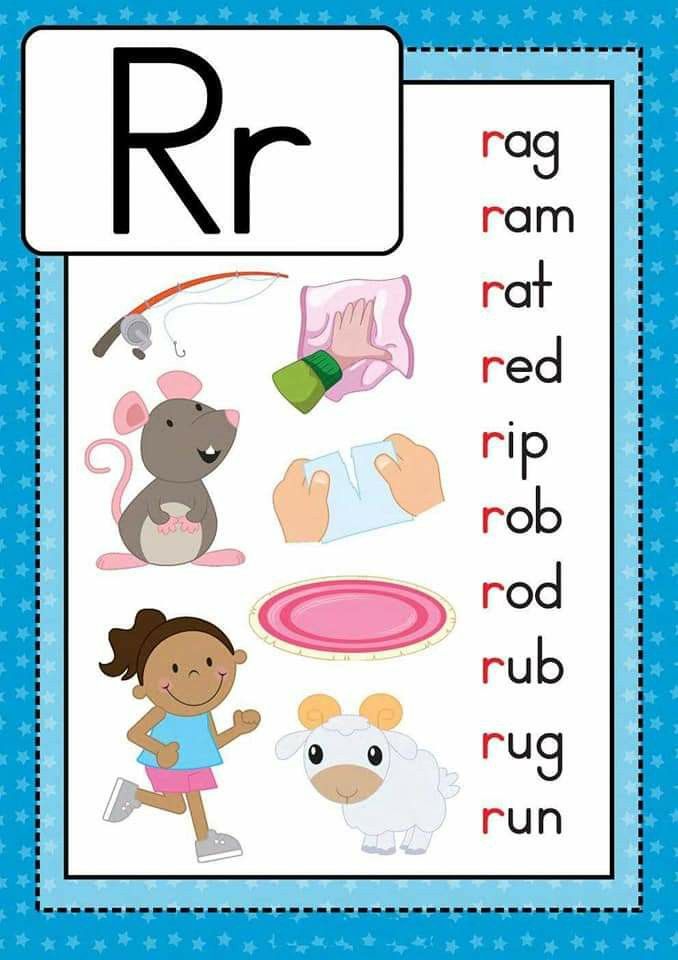 01.2022
01.2022 How to choose a tutor for distance learning
-
24.01.2022
Where to get a decent musical education in Moscow
-
01/17/2022
Why do schoolchildren write off
-
10.01.2022
What are the advantages of the Olympiad for schoolchildren
-
01/03/2022
Where to apply after graduating from medical college
-
08/27/2021
Calculation of the number of days for sowing
-
27.08.2021
Difference between highest and lowest temperature
-
08/27/2021
Calculation of time period for sowing
-
08/27/2021
Percentage task
-
08/27/2021
Determination of the amount of precipitation
By clicking on the button, you consent to the processing of your personal data and agree to the Terms of Use.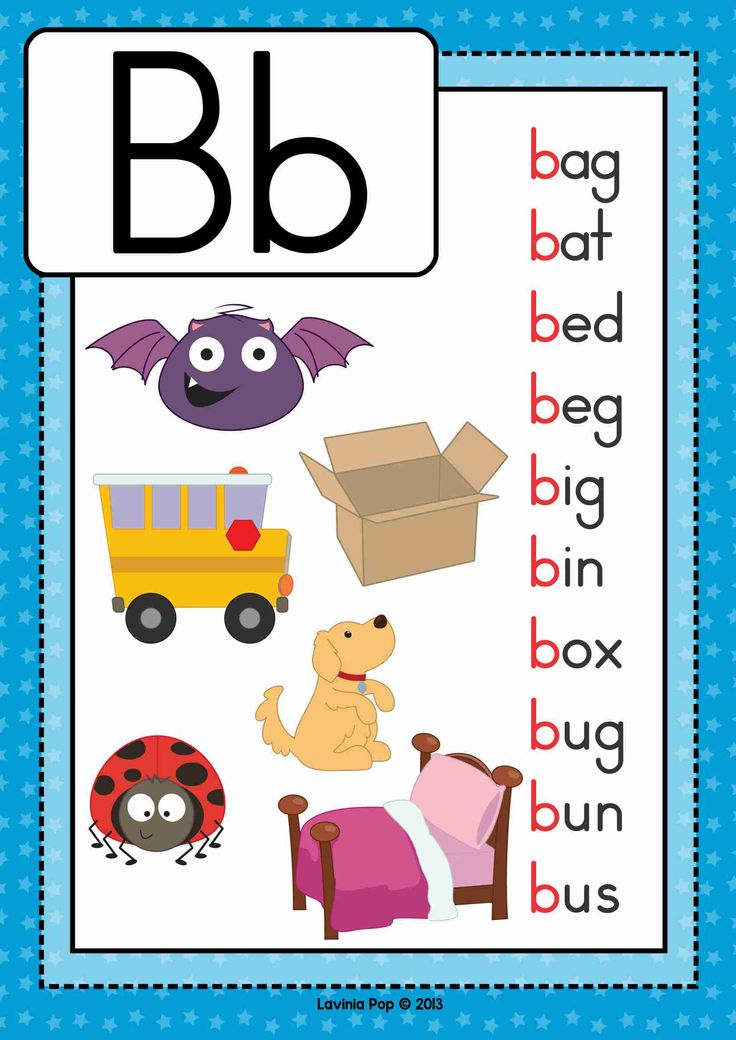
Hotline 8 (800) 100-52-31
Peculiarities of studying phonetics at Russian language lessons in elementary school
Use search to find scientific papers and collect bibliography
Database of reference articles includes articles written by experts Author24, articles from scientific journals and examples of student work from various universities in the country
Contents of the article
1. The place of phonetics in the Russian language course in elementary school
sections of linguistics, the focus of which is the sounds of speech, their features, as well as the processes that occur with them in the speech stream.
Getting acquainted with phonetics, students learn the following concepts, patterns and methods of action:
- Ideas about the minimum unit of sounding speech - a sound that performs the function of distinguishing words.

- The concept of phonetic position, that is, the place that a sound occupies in a word relative to other sounds.
- Features of the interaction of sounds in the speech stream, their changes, due to both the place relative to the stress, and the influence of neighboring sounds.
- Correlation of sound and grapheme (letters), ways of realization of sounds in writing.
- Ability to isolate sounds in a word, sentence, to give their characteristics.
- Knowledge of the main ways of forming sounds, their typology (vowels / consonants), as well as subtypes (hard and soft consonants, deaf and voiced).
- Ability to perform phonetic analysis of words.
- Understanding the differences in pronunciation and spelling of words, comparing sound and graphic display when choosing a spelling.
The study of phonetics in elementary school has its own specifics, due to a number of factors. Among them, the following features stand out:
- Difficulties in understanding abstract language units due to age characteristics.
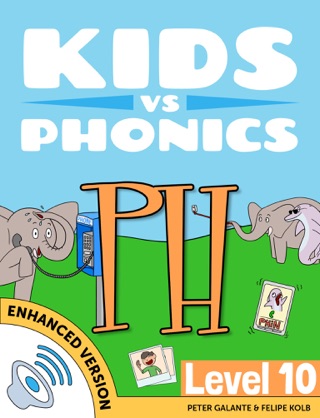 It can be difficult for children to understand that behind each specific implementation of sound in speech there is a single invariant - a phoneme, displayed in writing by a grapheme.
It can be difficult for children to understand that behind each specific implementation of sound in speech there is a single invariant - a phoneme, displayed in writing by a grapheme. - Insufficient knowledge in the field of linguistics, poor vocabulary, inability to isolate the composition of words, to track phonetic changes occurring at the junction of morphs.
- Absolutization of the phonetic principle in spelling. The child writes as he hears, resulting in numerous errors.
- Difficulties in perceiving changes that occur with sounds in the speech stream.
- Mixing of the sound and letter composition of words and, as a result, an incorrect characterization of the sound.
Peculiarities of studying phonetics in Russian language lessons in elementary school
Due to age characteristics, it is difficult for a teacher to maintain the attention of elementary school students when studying phonetics, to achieve sustainable motivation, since children rarely see the connection between phonetic knowledge and spelling skills.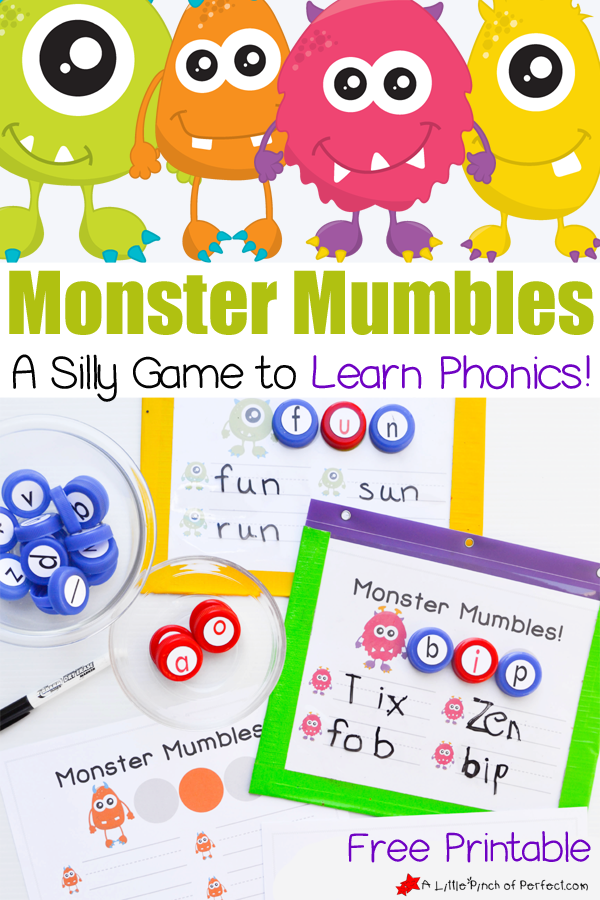 In order to stimulate the activity of students, the elementary school teacher should use various forms and methods of entertaining learning:
In order to stimulate the activity of students, the elementary school teacher should use various forms and methods of entertaining learning:
- At the stage of acquaintance with sounds, the lesson is organized in the form of a trip to "Zvukograd", during which students get acquainted with its "inhabitants" - sounds, as well as their features ("Who lives on the street of vowels / consonants?"). Also at this stage, entertaining linguistic material is used: students are invited to observe the role of sounds in a word (solution of metagrams), their artistic, expressive function (phenomena of sound writing in poetry), work out skills with a grid and correct articulation through tongue twisters.
- When practicing and consolidating phonetic skills, a number of tasks are used that in an entertaining way contribute to the formation of analytical and synthetic skills: solve sound puzzles or phonetic proportions, write down a word by its transcription, find as many differences as possible between sounds in words, recognize the sound by "identikit "and so on.
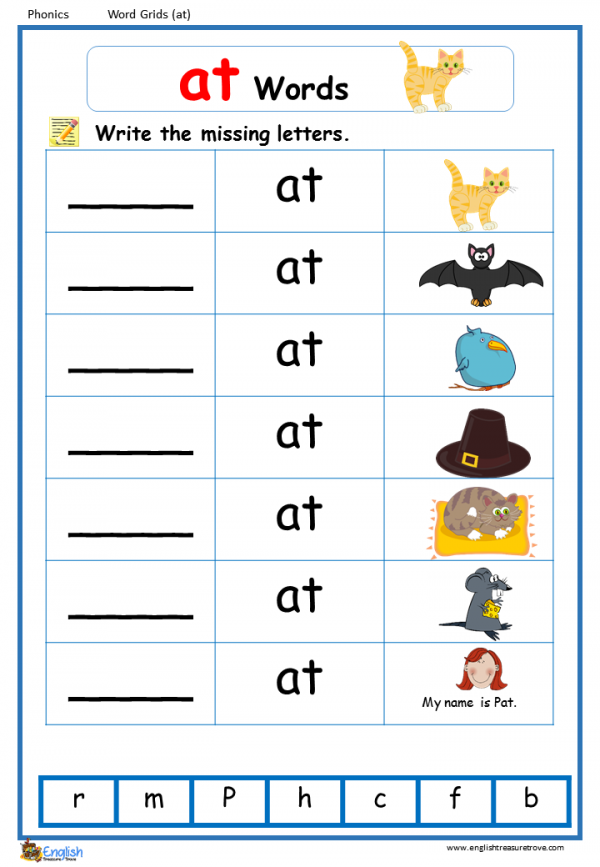
- Visualization plays an important role in shaping interest in the study of this section. Usually they use poster material, which is used as a reference abstract: they turn to it for hints in the process of analyzing sounds, and study their typology and properties from it.
- The method of studying phonetics in elementary school is inextricably linked with the initial teaching of literacy. The formation of the ability to write and read in Russian is based on the sound-letter principle. He teaches a conscious approach from the perception of a particular grapheme (and phoneme) to the awareness of its place in a syllable, word. First-graders master the sounds of speech, their relationship with letters in the process of working on the formation of writing and reading skills. Phonetic skills here are the basis, the foundation of further language education.
Acquaintance with phonetics goes through a series of stages:
- The preparatory period is devoted to observing sounding speech, developing the ability to distinguish speech and non-speech sounds, and forming initial ideas about the role of sound in the semantic distinction of words.
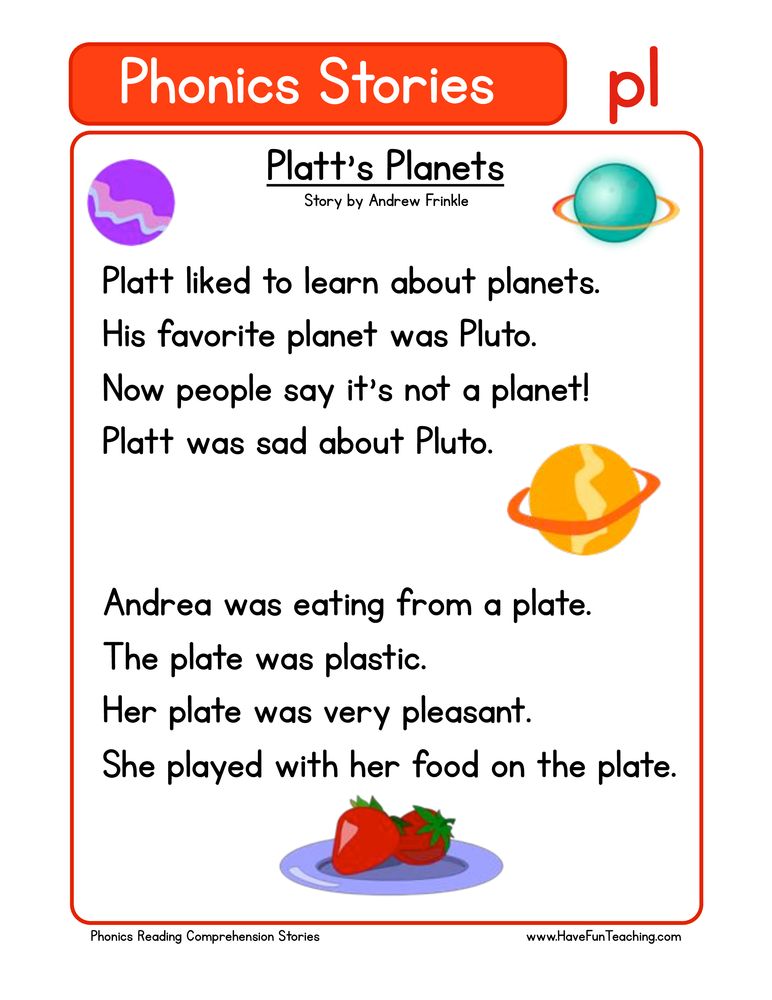 Also during this period, there is an acquaintance with stress, its place in the word, since this concept is associated with stress and unstressed vowels.
Also during this period, there is an acquaintance with stress, its place in the word, since this concept is associated with stress and unstressed vowels. - At the stage of acquaintance with speech sounds, students learn their classification and properties in a certain sequence: first, children get acquainted with vowel sounds, then with consonants.
- The stage of differentiation of the properties of sounds consists in the fact that students observe the change in sounds in the speech stream and recognize their phonetic features. For vowels, this is the position relative to stress, for consonants - hardness or softness (often depending on the quality of the subsequent vowel, the presence of a soft sign or soft consonant), sonority or deafness (depending on the subsequent sound - vowel or sonorant, and also on the place in the word: position absolute end or location before a voiceless / voiced consonant).
- The stage of assimilation of the double function of the letters E, Yo, Yu, Ya, their sound realization in various positions, as well as the role of soft and hard signs in a word.

Learn more

